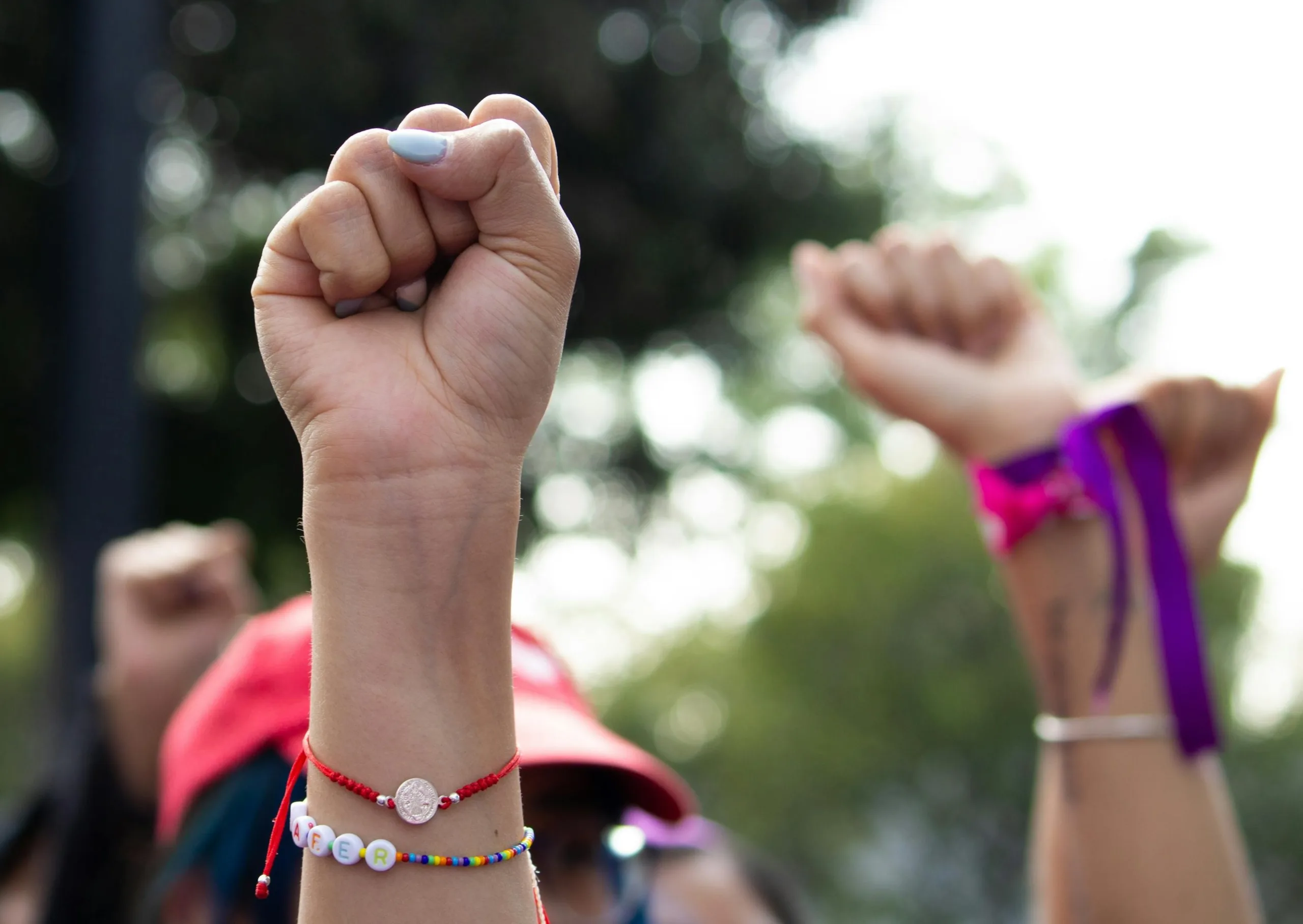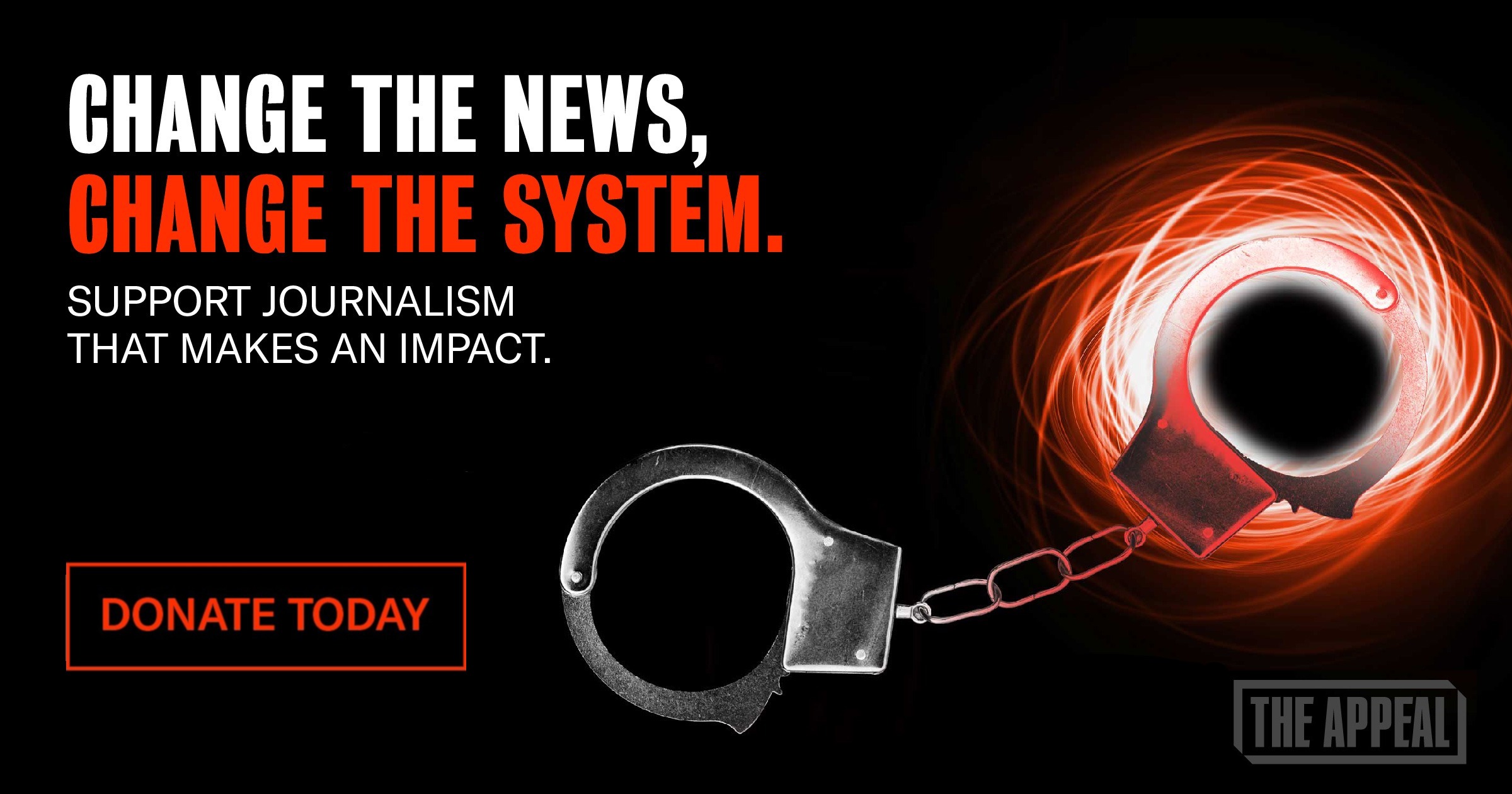Newsletter
The Hunger Strike to End Solitary Confinement in California
In 2011, more than 6,600 people imprisoned in California stopped eating for 19 days to protest extreme isolation inside the state’s prisons. The protests lead to state hearings and a lawsuit.

The fight to end indefinite solitary confinement started in Pelican Bay, a “supermax” prison built at the far northern tip of California in 1989. But support would come from every single prison in California’s swollen system.
Pelican Bay was built to house the supposed “worst of the worst,” in the kinds of conditions the public never heard about until the torture chamber was up and running. It’s where the guards and wardens sent every suspected leader or associate of a prison gang they could, and locked them up in solitary confinement indefinitely, meaning no end date. The only ways to get out if the system had “validated” you as a gang member was to “debrief”—as in snitch—or die, because with no access to education or a slave job, you couldn’t make a case before the parole board. Those who did debrief, who chose family over principle, wound up with targets on their backs for life. Worse, many were unable to forgive themselves. That’s no kind of choice.
The whole super-max concept of extreme isolation was a new phenomenon, and it spread across the country like a dance craze. I’d gotten my taste of solitary. When my friend Kathy Labriola touched me with kindness after a year of deprivation in the Hole, my body shook uncontrollably. But what I endured was a cakewalk compared to the decades of solitude imposed on the men—and a small number of women—held in the state’s supermax special housing units, or SHUs. At Pelican Bay, each man was stuck alone under fluorescent light in windowless concrete cells for at least twenty-two and a half hours a day, often more, fed through a slot. If they were lucky, on some days, they’d get a shower or a chance to “exercise” alone in another poured concrete box, with fifteen-foot ceilings and just a sliver of sky to look at.
I was fresh to my role as boss in early 2011 when we at LSPC sent a survey to SHU prisoners in Pelican Bay and Corcoran. What came back was a testament to human suffering and resilience: Four out of five of the men who told us how long they’d been in had spent at least a decade in the SHU. A third had been in at least two decades, and a fifth had been sitting in a concrete tomb for a quarter of a motherfucking century. And yet, thanks to the force of their spirits, more than you can imagine were unbroken and undeterred.
By June, men held in sensory deprivation cells at Pelican Bay on what was known as the Short Corridor were organizing, sending out collective statements about their conditions of confinement to prisoner rights organizations and the governor. They were planning a hunger strike, and we at LSPC were at their service. We helped pull together the Prisoner Hunger Strike Solidarity Coalition, joining with Critical Resistance, California Prison Focus, and the Prison Activist Resource Center, abolition and prisoner rights organizations that had formed or expanded since that game-changing Critical Resistance conference in 1998. Then Carol and I got in her car and hit the road for Pelican Bay.
The farthest north I had ever traveled in California was my vacation home in Lake County. I thought that was Northern California. But as my LSPC colleague Carol and I headed north on Highway 101 through oak scrub and into the shade of the redwood forests, I realized I had no clue. I fell asleep twice, and when I woke up, we still weren’t there. When we got to the prison north of Crescent City we were led into a visiting room, and on the other side of the glass sitting next to a telephone was my friend Paul Jones, who I knew as PJ. PJ was my intellectual ally when we were both young men locked up at DVI, and he was the one who got shipped out after CO Jerry Sanders was killed by shanking in November 1973. Labeled as Black Guerilla Family forever, he wound up being one of the first men locked up in the Pelican Bay SHU after it opened in 1989. He hadn’t seen daylight since. I almost didn’t recognize him behind the glass because he’d lost so much color.
I didn’t weep that day, though I wanted to. PJ’s mental state seemed all right, given the circumstances. Mine was fucked up.
The hunger strikers were inspired by the writings of Bobby Sands, the leader of the Irish Republican Army (IRA) who had staged a hunger strike inside Belfast’s Long Kesh Prison. The problem is, he died. So did nine of the other IRA hunger strikers. Imagining that for PJ was breaking my heart.
“Hold it, man,” I said. “Some of these motherfuckers starved themselves to death. How far are you willing to take this?” His answer was everything I didn’t want to hear.
“Dorsey,” he answered, “I’m gonna go as long as I need to on this thing.”
But what really got me was what PJ said when I asked him who he wanted us to notify in the event that he starved himself to death. It proved challenging to come up with anyone. The brother had been locked away since 1969. So many of his family and friends were dead.
Carol and I interviewed three other men on that visit. One brother started to cry when he saw me. He was so happy just to have the chance to speak with another Black man.
The system had moved these men into the Short Corridor because they were believed to be high-ranking members of the Aryan Brotherhood, Mexican Mafia, Nuestra Familia, and Black Guerilla Family. Shot callers. But as someone whose file had me pegged as a radical because of my intellectual proclivities, I knew not to trust the system’s conclusions. A tattoo or a drawing interpreted as suggestive of a prison gang could also seal your fate, as could allegations thrown out into the void of secrecy by confidential informants scrambling to save their own skin.
After our visit, I found myself warming to the idea of litigation, despite my concerns that the powerful guard union would target LSPC or our supporters. Sitting across from PJ absolutely had something to do with my change of heart. So did Carol’s passion. These men, living in conditions that amounted to torture, had found the strength to organize on the inside, though they’d never seen one another’s faces. They deserved our help.
Not long after Carol and I took that endless drive to Pelican Bay, Daniel “Nane” Alejandrez called me to talk about the pinch we were in. Nane was a friend and mentor. He had founded Barrios Unidos back in 1977 when I was still doing time in San Quentin. By the mid-1990s it had become a powerful street-based peace movement to bring an end to gang violence.
“Dorsey,” he said, “If we gonna put ourselves out there like this, we gotta ask for something that’s meaningful.”
The ask we settled on for the prisoners planning the hunger strike: “Can you all stop young people from following in your footsteps?” The crazy thing is, they were already on it. That’s how oppression can lead to revolution and healing. Those supposed shot callers in the Short Corridor had nobody to talk to but each other. They did it by yelling through the walls, and using the toilets and drains to send messages. And the more they talked, especially about political theory, the more they figured that they were all being similarly afflicted. Not just that, they recognized they were being played, that it was in the interest of the prison system to fuel racial divisions. It was exactly what I’d come to recognize at DVI. One of the Black core organizers, Paul Redd, later told an interviewer that they were all inspired in part by George Jackson, who wrote in Soledad Brother, “Settle your quarrels, come together, understand the reality of our situation, understand that fascism is already here, that people are dying who could be saved, that generations more will die or live poor butchered half-lives if you fail to act. Do what must be done, discover your humanity and your love in revolution. Pass on the torch. Join us, give up your life for the people.”
Once Nane and I could see where the hunger strikers were coming from, we were all in.
The first hunger strike went down in July 2011, and more than sixty-six hundred prisoners from thirteen California prisons took part. It lasted nineteen days. By August, thanks to Tom Ammiano, we were testifying before the state assembly. Prison officials were allowing the hunger strikers to phone us—legally, not with contraband cell phones—and the following month, they arranged a legal call with us at LSPC and some other attorneys. The legal team stepped in to represent the two prisoners who had already filed their own lawsuit, then later amended it to include a multiracial, multiethnic group of named plaintiffs, Paul Redd among them, and got the case certified as a class action on behalf of everyone in the SHU indefinitely in California’s prisons.
I often say those closest to the problem are closest to the solution. And I know for a fact my own traumas and human connection to PJ compelled me to get LSPC into the fight. I too had been labeled BGF, just because I had a different political philosophy than my keepers.
If the tough-on-crime laws of the eighties and nineties had been in place when I went to prison, I might still be sitting in a box today.
Excerpted from What Kind of Bird Can’t Fly: A Memoir of Resilience and Resurrection by Dorsey Nunn with Lee Romney, foreword by Michelle Alexander. Reprinted with permission from Heyday Books, © 2024.

ICYMI—From The Appeal
Correctional officers and medical staff failed to keep a suicidal man safe at New Mexico’s Otero County Detention Center. According to a lawsuit filed by the man’s mother, he was ultimately placed in a room with access to a corded telephone, which he used to take his own life.
In The News
The state of Texas purchased lethal injection drugs from an in-state compounding pharmacy with a history of more than a dozen safety and cleanliness violations, including the failure to keep complete and correctly labeled records and drugs in stock. [Chiara Eisner / NPR]
Congress passed the Federal Prison Oversight Act, which overhauls oversight and brings greater transparency to the federal Bureau of Prisons. The bill establishes an independent ombudsman for the agency to field and investigate complaints. [Michael R. Sisak and Michael Balsamo / AP]
Dozens of protestors gathered to demand justice for the death of Sonya Massey at the hands of Sangamon County, Illinois, sheriff’s deputies, who shot and killed the 36-year-old Springfield woman inside her home. [Patrick M. Keck / Springfield State Journal-Register]
51-year-old Michael Broadway died at Stateville Correctional Center in Illinois during last week’s heat wave. Temperatures in the prison rose above 100 degrees, making it difficult to breathe and stay hydrated, especially with limited access to drinkable water. [Robert John / Truthout]
Despite DNA evidence proving Marcellus “Khaliifah” Williams’ innocence, the state of Missouri is preparing to execute him in less than 80 days. Advocates at Missourians to Abolish the Death Penalty are mobilizing their community in support of Williams’ life. [Cassandra Gillig / The Kansas City Defender]
